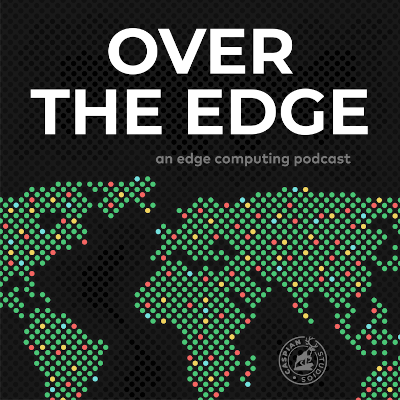Impact of Delayed Response on Wearable Cognitive Assistance
Wearable cognitive assistants (WCA) are anticipated to become a widely-used application class, in conjunction with emerging network infrastructures like 5G that incorporate edge computing capabilities. While prototypical studies of such applications exist today, the relationship between infrastructure service provisioning and its implication for WCA usability is largely unexplored despite the



 Jim Blakley
Jim Blakley



 OEC Admin
OEC Admin

 Thomas Eiszler
Thomas Eiszler